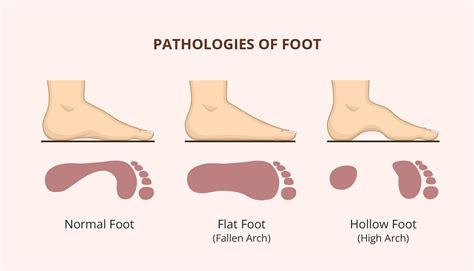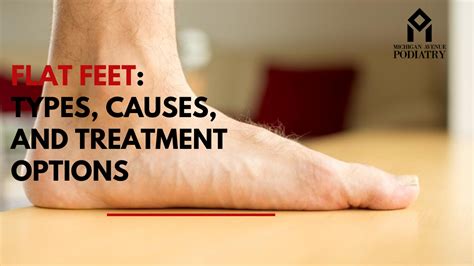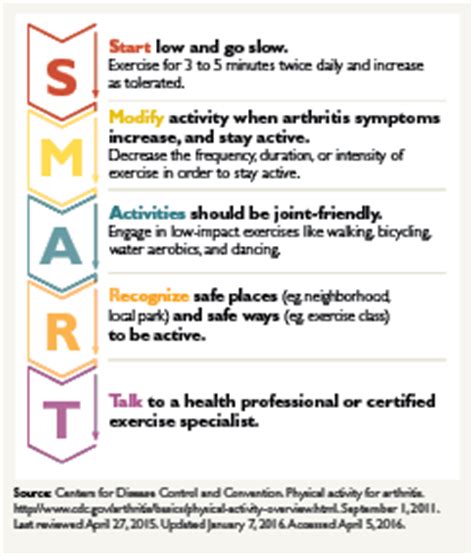Intro
Flat feet, also known as fallen arches, are a common foot condition where the arch of the foot collapses, causing the entire sole to come into contact with the ground. This condition can be present from birth or develop over time due to various factors. Understanding the causes and treatment options for flat feet is essential to alleviate symptoms and prevent further complications.
The importance of addressing flat feet lies in its potential to cause discomfort, pain, and limited mobility. Flat feet can lead to issues such as foot strain, ankle pain, and even affect the alignment of the entire lower limb. Furthermore, if left untreated, flat feet can increase the risk of developing conditions like plantar fasciitis, Achilles tendonitis, and osteoarthritis. Therefore, it is crucial to seek medical attention if symptoms persist or worsen over time.
Flat feet can be attributed to a combination of genetic, environmental, and lifestyle factors. For instance, individuals with a family history of flat feet are more likely to develop the condition. Additionally, factors such as obesity, aging, and certain medical conditions like diabetes and rheumatoid arthritis can contribute to the development of flat feet. Understanding these causes can help individuals take preventive measures and seek timely treatment to manage symptoms and prevent further complications.
Understanding Flat Feet

Symptoms of Flat Feet
The symptoms of flat feet can vary from person to person, but common signs include pain and discomfort in the foot, ankle, or lower leg. Individuals with flat feet may also experience fatigue, swelling, and redness in the affected area. In some cases, flat feet can cause difficulty walking or standing for long periods, leading to a decrease in overall mobility and quality of life.Causes of Flat Feet

Treatment Options for Flat Feet
The treatment options for flat feet depend on the severity of the condition and the individual's overall health. In mild cases, conservative treatments such as orthotics, physical therapy, and footwear modifications may be sufficient to alleviate symptoms. In more severe cases, surgical intervention may be necessary to repair or reconstruct the arch of the foot.Conservative Treatment Options

Surgical Treatment Options
In severe cases of flat feet, surgical intervention may be necessary to repair or reconstruct the arch of the foot. Surgical options include: * Flat foot reconstruction: This procedure involves repairing or reconstructing the tendons and ligaments in the foot to restore the arch. * Osteotomy: This procedure involves cutting and realigning the bones in the foot to improve the alignment and function of the foot. * Arthrodesis: This procedure involves fusing the joints in the foot to eliminate pain and improve mobility.Prevention and Management

Complications of Flat Feet
If left untreated, flat feet can lead to a range of complications, including: * Plantar fasciitis: Inflammation of the plantar fascia, a band of tissue that runs along the bottom of the foot. * Achilles tendonitis: Inflammation of the Achilles tendon, which connects the calf muscle to the heel bone. * Osteoarthritis: Wear and tear on the joints in the foot, leading to pain and stiffness. * Limited mobility: Flat feet can cause difficulty walking or standing for long periods, leading to a decrease in overall mobility and quality of life.Conclusion and Next Steps

We invite you to share your thoughts and experiences with flat feet in the comments below. If you have any questions or concerns, please do not hesitate to reach out. Additionally, if you found this article informative and helpful, please share it with others who may be experiencing similar issues.
What are the symptoms of flat feet?
+The symptoms of flat feet can vary from person to person, but common signs include pain and discomfort in the foot, ankle, or lower leg. Individuals with flat feet may also experience fatigue, swelling, and redness in the affected area.
How can I prevent flat feet?
+Preventing flat feet requires a combination of lifestyle modifications, including maintaining a healthy weight, wearing comfortable and supportive shoes, engaging in regular exercise, and getting regular check-ups.
What are the treatment options for flat feet?
+The treatment options for flat feet depend on the severity of the condition and the individual's overall health. Conservative treatments such as orthotics, physical therapy, and footwear modifications may be sufficient to alleviate symptoms, while surgical intervention may be necessary in more severe cases.
